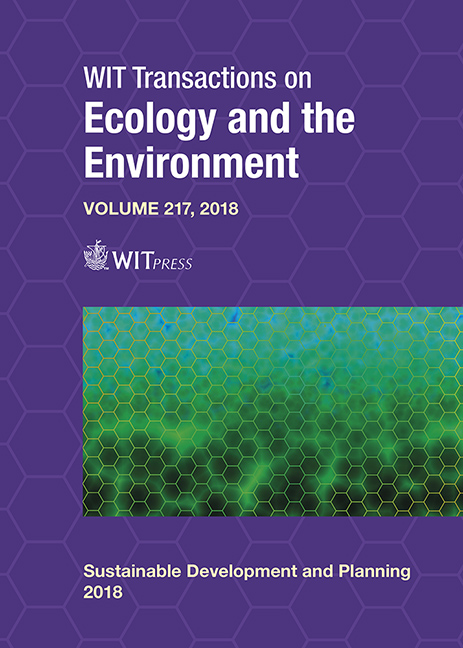THE RELATIONSHIP BETWEEN PLANNING AND THE PROSPECT OF URBAN REGENERATION: A PILOT PROJECT CALLED “A HOLISTIC STRATEGY FOR THE REGENERATION OF PERI-URBAN AREAS IN THE NORTH-WEST AREA OF ROME”
Price
Free (open access)
Transaction
Volume
217
Pages
12
Page Range
191 - 202
Published
2018
Size
358 kb
Paper DOI
10.2495/SDP180181
Copyright
WIT Press
Author(s)
MARIA RITA SCHIRRU
Abstract
This abstract will investigate the relationship between the tools employed in urban planning and integrated initiatives aimed at relaunching urban areas particularly affected by social and economic degradation or hardship, by promoting a streamlining of existing heritage, the recovery of the suburbs and the reuse of underused or decommissioned public spaces. The goal of this study is to understand whether – and if so, to what extent – urban renewal can become a key feature of urban planning tools, over and beyond the logic behind the dissemination of point interventions, encouraged by some sectorial, regional regulations but devoid of any strategic value within the substantially static urban legislative framework. Lazio regional law no. 7 in 2017 on urban renewal and building recovery reiterates, in fact, reward mechanisms enshrined in law but not, however, included in a planning framework decided upon by local councils, practically confirming the incentives already provided for by the “Housing Plan” (Piano Casa). Therefore, planning must once more play a central role in general, territorial development forecasts, by striking the right balance between growth and the sustainable renewal of cities. The case study chosen is part of an overall strategy for redevelopment and safety in the city outskirts – as stated in the invitation to tender approved in the 25 May 2016 government decree (DPCM, Decreto del Presidente del Consiglio dei Ministri) – and proposes an urban renewal project that begins with the enhancement of architectural features that resonate strongly in the memory of places (such as the Boccea and Triumphal Forts in the north-west area of Rome) in order to recover architectural value and to rejuvenate a degraded urban fabric. The expected results will confirm the potential of the pilot project to become the precursor for a strategic planning reorganization, aimed at urban renewal promoted by local administrations. The conclusions will refer to the ability of urban planning to absorb current experiences in the context of renewal and to convert them into a routine planning path.
Keywords
urban regeneration, routine planning, peri-urban planning





